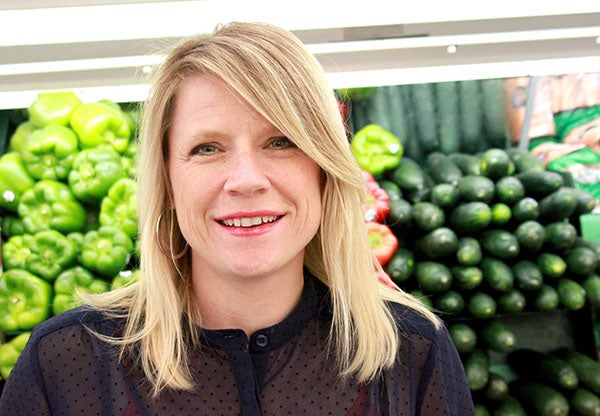The musical fruit also is magical
Published 11:31 am Tuesday, June 24, 2014
Dietician’s Digest by Amy Pleimling
Have you ever heard of the Blue Zones? You may recall the Blue Zones Vitality Project that was done in Albert Lea in 2009. Blue Zones are places in the world where higher percentages of people enjoy remarkable long and full lives.
“The Blue Zones” book, written by National Graphic Explorer Dan Buettner, is worth reading. The concept makes total sense — research those who live long, full lives and define the commonalities of those groups. That is exactly what Buettner has done. The commonalities of the Blue Zones are the shared traits among these communities. Buettner calls them “Power 9” — the nine common denominators of the Blue Zones. He is leading makeovers of U.S. cities and working toward making healthy communities by applying the Power 9 where possible. Albert Lea was the first city to receive the Blue Zones Vitality Project.
There are nine common denominators to learn from and, of course, a couple are about food and eating habits. There are foods that are commonly eaten in the Blue Zones. Many of these foods I would call “super foods” and Blue Zones refers to them as “longevity foods.” Foods like nuts, oats, citrus fruits and greens are longevity foods. But what food is at the cornerstone of most centenarians’ diets?
Beans. Yes, beans, the musical fruit. (I have three kids. Can you tell?)
When it comes to health and affordable super foods — beans have got to be top of the list. Beans are high in antioxidants, fiber (about 8 grams per half cup), protein, B vitamins, iron, magnesium, potassium, copper and zinc. Eating beans regularly may decrease the risk of diabetes, heart disease, colorectal cancer and helps with weight management. Beans are hearty, helping you feel full so you will tend to eat less. As we get older, we need fewer calories, and beans are a great way to boost the nutrition power of your meal without boosting the calories. A half cup of beans has only about 100 calories.
This all sounds good, but let’s speak in practical terms. How do you add beans to your diet? Do you cook them or are the canned beans OK? First of all, you may not meet the USDA dietary guidelines of 3 cups of beans per week but just increasing them or adding them to your diet will be beneficial.
Yes, beans and lentils are available dried and those do need to be cooked or soaked and thus planned a bit ahead of time. But the beans in the can — buy low salt or rinse them well — or frozen are just as nutritious and can make eating beans a lot easier. Start with the ones you know and like and eventually try some different ones and in different recipes. Eating more beans is, of course, not the only answer to longevity, but it is a good goal and will lead you in the right direction!
Ideas for adding beans into your diet
• Add your favorite beans to lettuce salads.
• Put black beans or refried beans with cheese and salsa into a tortilla and microwave for a few seconds for a quick snack or meal.
• Make a cold bean salad – add cut up tomatoes, cucumbers and red onions to a can of drained and rinsed white beans. Add a bit of olive oil, vinegar and pepper. Eat chilled.
• Add beans to your tacos or replace the meat with beans.
• Make a bean salsa — eat with whole grain blue corn chips for a healthy snack or add as a topping on cooked fish or chicken.
• Snack on veggies dipped in hummus (pureed garbanzo beans with garlic and oil) — or make your own hummus.
• Use beans as your protein source — beans and whole grain pasta or brown rice with a mixture of sautéed veggies and garlic works great as a skillet meal that is packed with protein and fiber.
• Add them to soups wherever possible — this is quick and easy.
• Snack on edamame — these are immature soybeans. They are green and usually come frozen. The ones that are de-shelled (no pods) are easy and yummy. Just pop them in your mouth as is.
For more information on the Blue Zones, visit www.bluezones.com or purchase one of Buettner’s books, “The Blue Zones” and “Thrive.”
Amy Pleimling is a registered dietitian living in Albert Lea. She works for Mayo Clinic Health System of Albert Lea.






